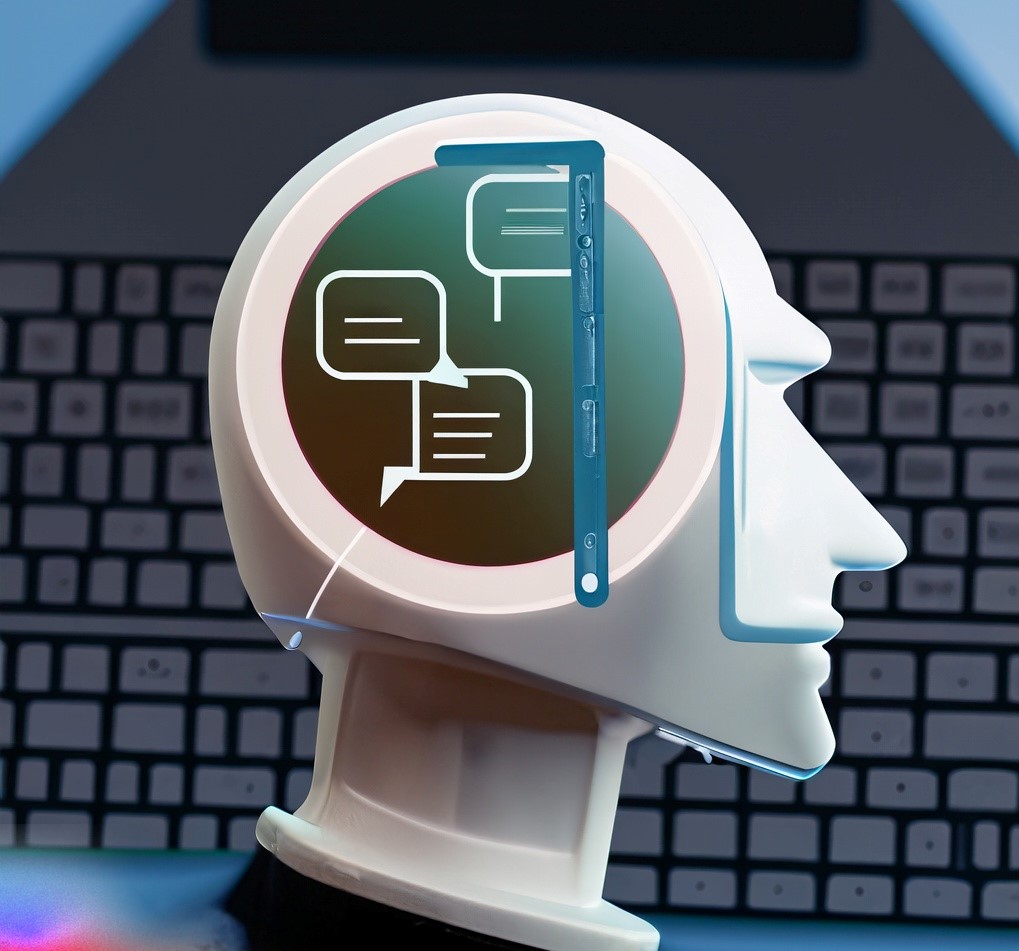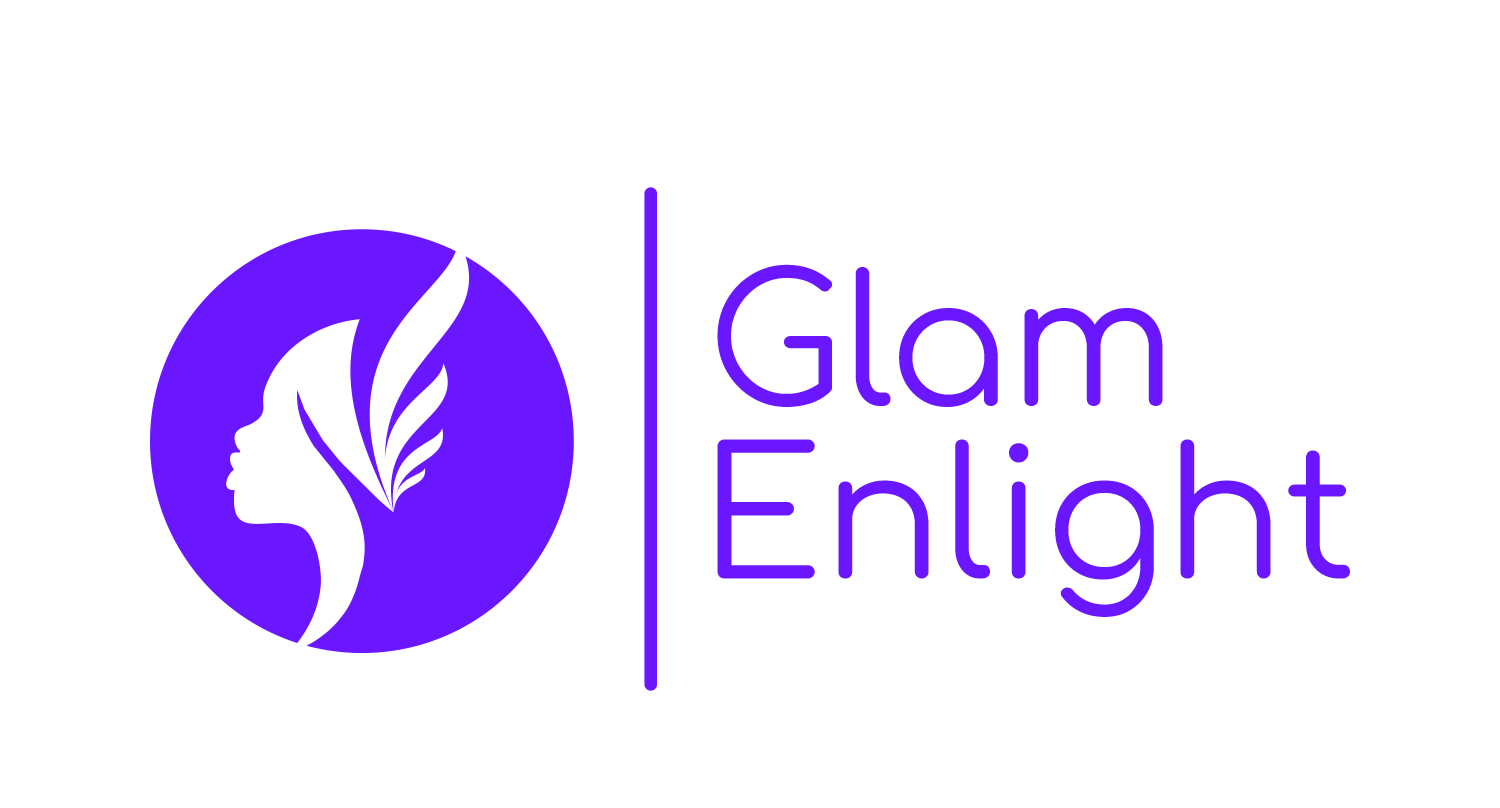
In recent years, the field of artificial intelligence has witnessed remarkable advancements, and one area that has garnered significant attention is generative AI. Generative AI refers to a branch of artificial intelligence that enables computers to create and generate new content, such as images, text, music, and even entire virtual worlds. This groundbreaking technology has unleashed a new era of intelligent creativity, revolutionizing industries across the globe. In this blog post, we will explore the various tools available in the field of generative AI and delve into some compelling business use cases that demonstrate its transformative potential.

Tools for Generative AI:
- GANs (Generative Adversarial Networks): GANs are a class of algorithms that comprise two neural networks, a generator and a discriminator, which work in tandem to create new content. The generator generates synthetic data, such as images, while the discriminator evaluates the authenticity of the generated content. GANs have been successfully used to generate realistic images, video game characters, and even entire scenes.
- VAEs (Variational Autoencoders): VAEs are another powerful tool in generative AI. They are deep learning models that learn the underlying distribution of the input data and can generate new samples based on that distribution. VAEs have found applications in generating music, creating realistic faces, and even generating natural language.
- DeepDream: DeepDream is a fascinating tool developed by Google that uses deep neural networks to create artistic images. It works by iteratively enhancing and modifying an input image to amplify and visualize patterns that the neural network detects. DeepDream has been used to produce mesmerizing and surreal images that blend reality and imagination.
Business Use Cases of Generative AI:
- Content Creation: Generative AI has immense potential in automating content creation for various industries. For example, in the advertising industry, AI-generated content can help create personalized ads tailored to individual preferences. Similarly, in the gaming industry, generative AI can assist in creating realistic and unique characters, environments, and quests.
- Design and Fashion: Generative AI is transforming the design and fashion industry by providing innovative solutions. AI algorithms can generate new clothing designs, taking into account current trends, consumer preferences, and brand aesthetics. Additionally, generative AI can also assist in designing interior spaces, creating customized furniture, and developing unique architectural structures.
- Healthcare and Drug Discovery: Generative AI is playing a vital role in revolutionizing healthcare and pharmaceutical industries. AI models can analyze vast amounts of medical data to generate personalized treatment plans, predict disease outcomes, and assist in early diagnosis. Furthermore, generative AI can accelerate the drug discovery process by generating novel chemical compounds with desired properties, potentially leading to the development of new life-saving medications.
- Virtual Reality and Gaming: Generative AI has opened up new frontiers in the virtual reality and gaming realms. AI algorithms can generate realistic virtual worlds, populate them with intelligent non-player characters (NPCs), and create dynamic and immersive experiences for gamers. This technology has the potential to redefine the gaming industry and revolutionize the way we interact with virtual environments.
- Music and Art: Generative AI is pushing the boundaries of creativity in the realms of music and art. AI models can compose original music pieces, imitating various genres or even creating unique compositions. Similarly, generative AI tools can generate stunning visual art, collaborating with human artists to produce captivating and thought-provoking creations.
Conclusion:
Generative AI is reshaping industries and transforming the way we think about creativity. With the advent of powerful tools such as GANs, VAEs, and DeepDream, computers can now generate content that was once solely in the domain of human imagination. The business use cases of generative AI are vast and diverse, spanning content creation, design, healthcare, gaming, and the arts. As this technology continues to evolve, we can expect further advancements and innovations that will unlock even more possibilities. Embracing the power of generative AI opens up a world of intelligent creativity, enabling businesses to thrive in the age of artificial intelligence.



